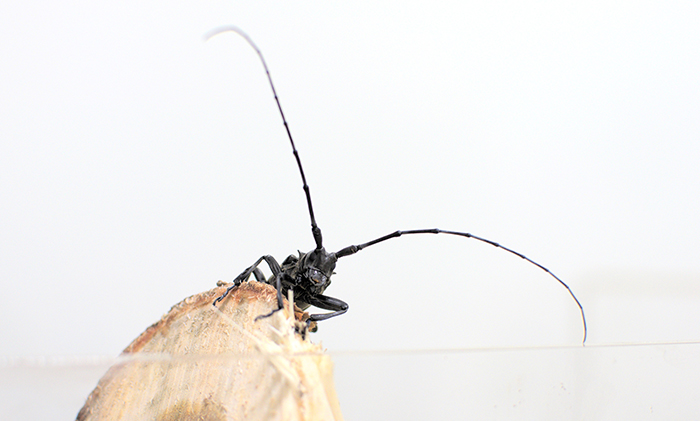
How much are invasive species costing us?
Scientists from the CNRS, the IRD, and the Muséum National d’Histoire Naturelle have just released the most comprehensive estimate to date of the financial toll of invasive species: nearly $1.3 trillion over four decades. Published in Nature (31 March 2021), their findings are based on the InvaCost database, which is financed by the BNP Paribas Foundation and the Paris-Saclay University Foundation’s AXA Chair of Invasion Biology. The annual expenses generated by biological invasions are only increasing, with no sign of any slowing.
An invasive exotic species is one deliberately or unwittingly introduced by humans into a new habitat, where it becomes an environmental menace. In addition to the loss of biodiversity and other ecological impacts resulting from its presence, an invasive species can lead to economic losses in certain sectors, including agriculture, tourism, and public health. Though biological invasion is the second leading cause of species extinction, decision makers and the general public are still largely unaware of the issue.
After five years of study, the international research team1 directed by scientists from the Écologie, Systématique et Évolution (CNRS / Paris-Saclay University / AgroParisTech) research unit have reached an estimate of the cost to human society of invasive species: at least \$1.288 trillion in the period from 1970 to 2017. While this yields an annual average of \$26.8 billion, the yearly bill actually tripled each decade. In 2017 alone, it hit \$162.7 billion, or 20 times the combined budgets of the WHO and the UN Secretariat that year.
Yet the costs of biological invasions remain vastly underestimated and under-reported. They have ballooned over the last decades, and no reversal of the trend is visible on the horizon since the continued expansion of international commerce and transport generally brings with it more invasive species. Furthermore, the researchers note that expenses associated with preventing, monitoring, or combating the spread of these species are trifling in comparison with the cost of the damage they cause. The ravages of biological invasions by exotic species as diverse as the Asian tiger mosquito, red imported fire ant, floating primrose willow, zebra mussel, and black rat each account for losses of tens of billions of dollars.
This research has provided the first complete tally of reported costs resulting from biological invasions around the world, all species combined. It is based on the conservative analysis of 850 studies, covering 2,419 cost estimates that the team of scientists standardized to enable comparison and categorization, according to forty-some variables (e.g., species, region, habitat, and economic sector), within the InvaCost database, whose ongoing development affords a real-time snapshot of the costs associated with biological invasions.
The work of these researchers was made possible through financing of the InvaCost database by the BNP Paribas Foundation and the AXA Research Fund, via the Paris-Saclay University Foundation’s Chair of Invasion Biology. Their findings plea for implementation of management measures and international political agreements aimed at countering the uncontrolled dissemination of invasive species over the next decades.

© Marion Javal
- 1Scientists from the following French research units participated in this study: BOREA (CNRS / IRD / Muséum National d’Histoire Naturelle / Sorbonne University), ISEM (CNRS / IRD / University of Montpellier), MIVEGEC (CNRS / IRD / University of Montpellier), and CEE-M (CNRS / INRAE / University of Montpellier / Institut Agro).
High and rising economic costs of biological invasions worldwide. Christophe Diagne, Boris Leroy, Anne-Charlotte Vaissière, Rodolphe E. Gozlan, David Roiz, Ivan Jarić, Jean-Michel Salles, Corey J. A. Bradshaw and Franck Courchamp. Nature, 31 March 2021. https://doi.org/10.1038/s41586-021-03405-6


